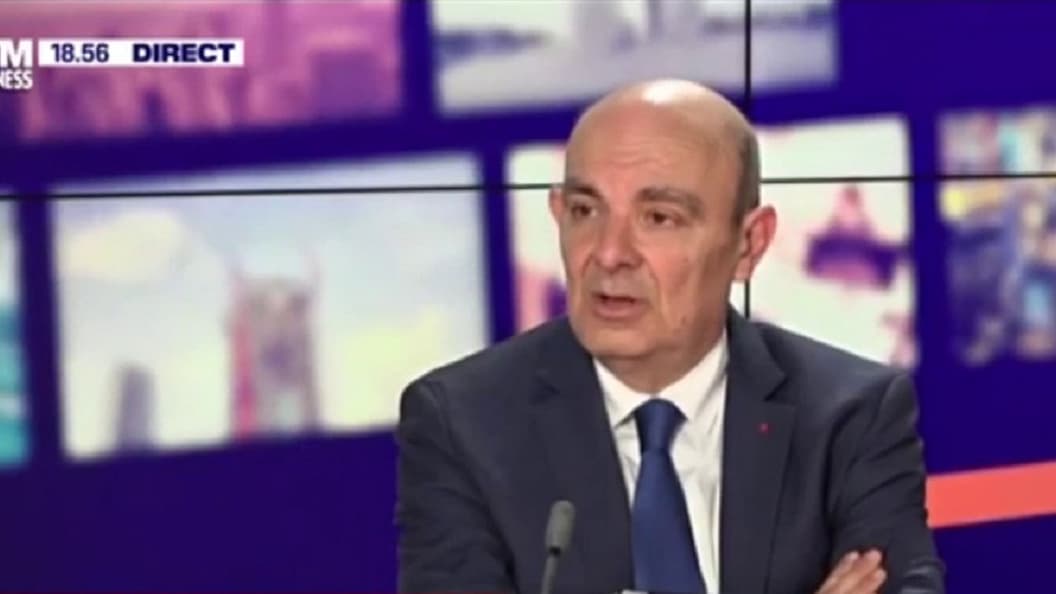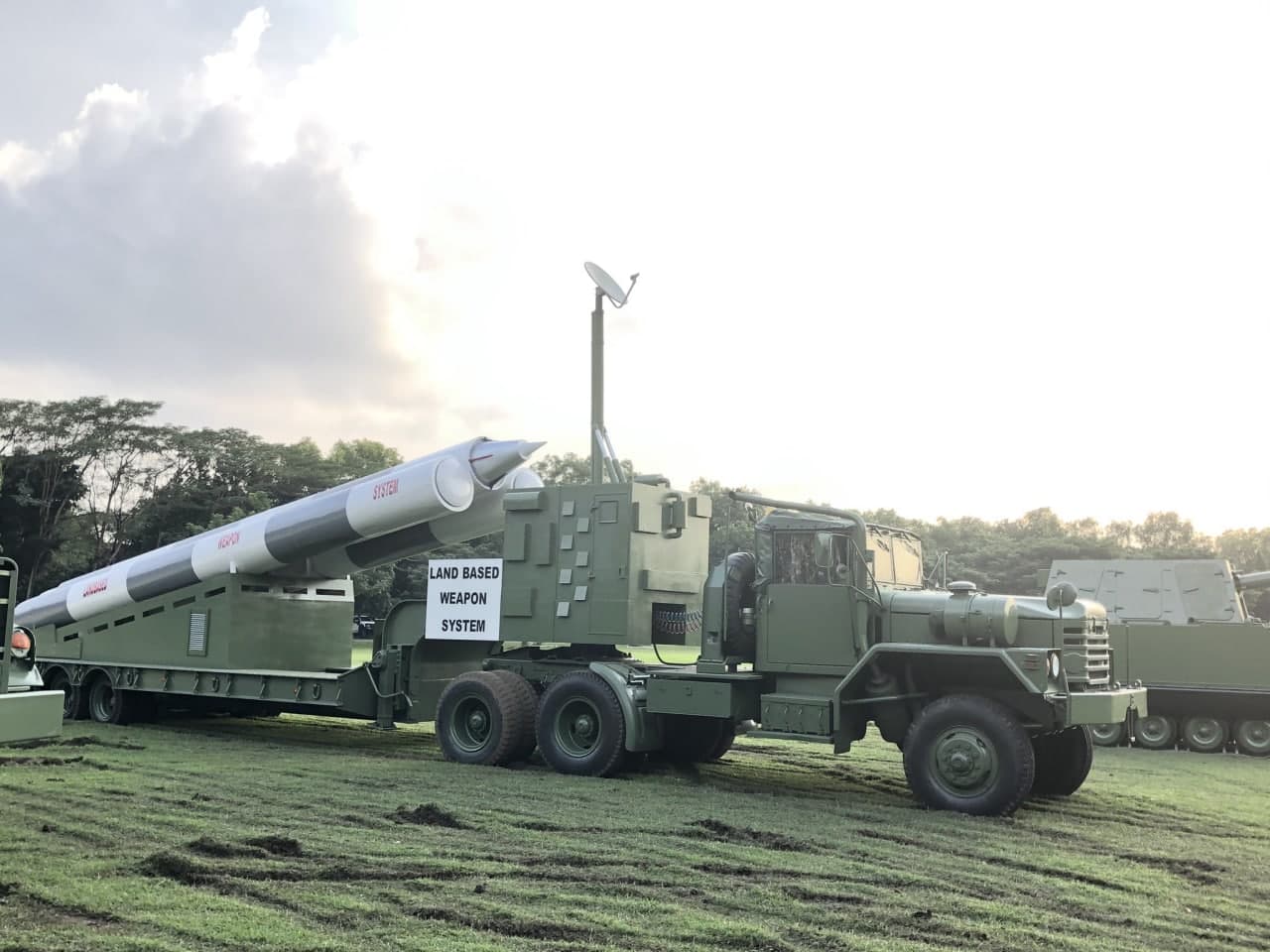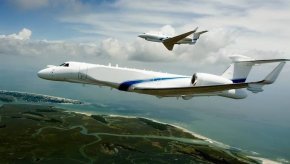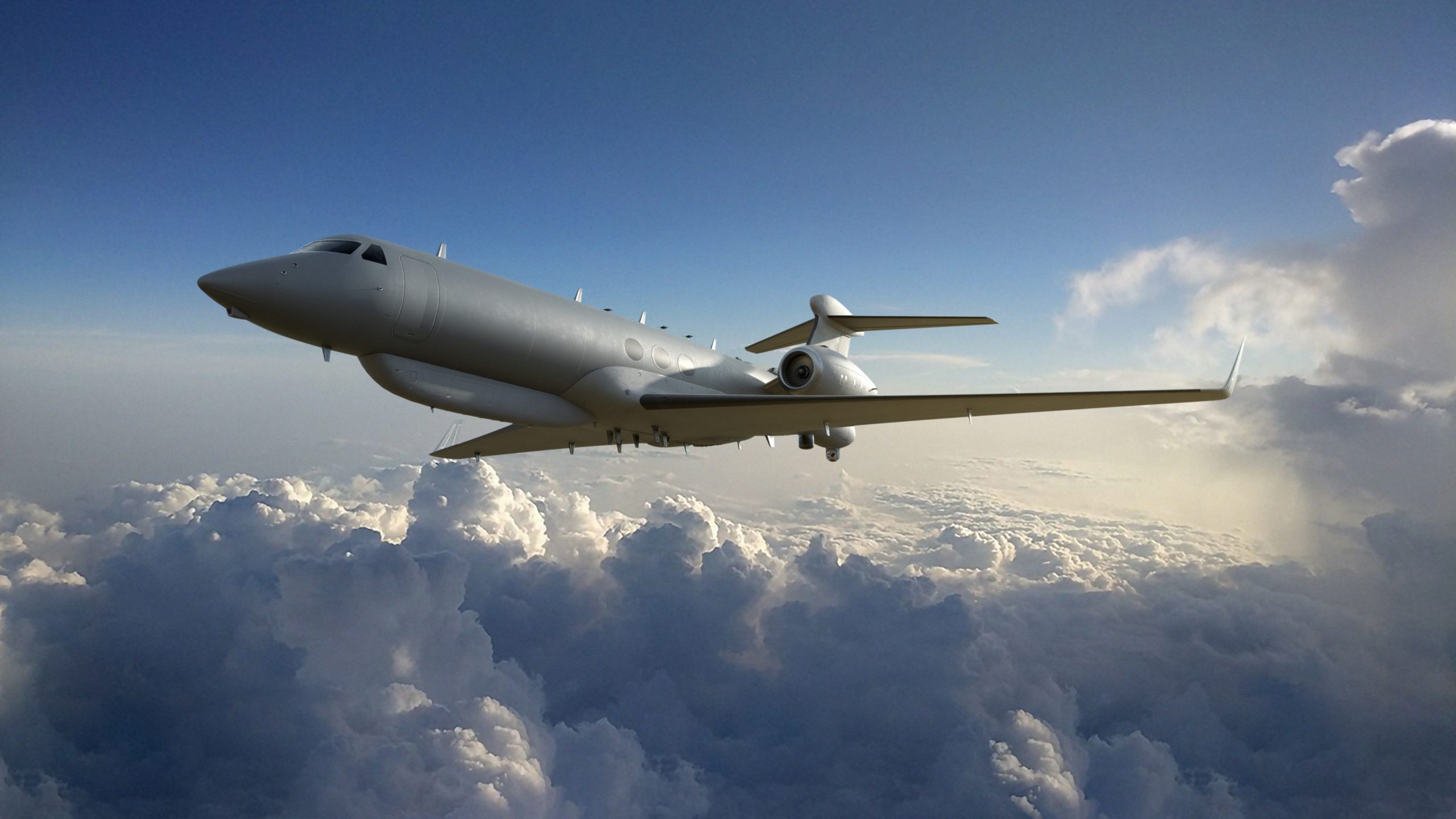Singapore must draw the correct lessons from that dark chapter in our history, so that we can face today's challenge against a different threat from extremist organisations, one that threatens the security of Indonesia, Malaysia, Singapore and the region. Right now, the policy is to collaborate and share intelligence with our neighbours against this common threat. In the last decade it was Al-Qaeda and now it is ISIS — on 7 Jan 2021, Abu Bakar Bashir, the Islamic extremist accused of masterminding the Bali bombings, was released from an Indonesian prison. Keeping in mind that in 2014, Bashir swore allegiance to the "Islamic State" terror group.
On 10 March 2015, Singapore unveiled a permanent memorial on the 50th anniversary of the bombing of MacDonald House as a way to mark the events that happened during Konfrontasi, to remember its victims, and educate the young about our past. During Konfrontasi, many innocent lives were destroyed in more than 40 acts of sabotage and violence on our soil but the worst attack took place on 10 March 1965. A bomb planted by two Indonesian saboteurs exploded there. That particular act of terror killed three innocent civilians and injured 33 others.
Until that ship is decommissioned, Singapore cannot be sure of TNI AL’s intent to commit acts of terror against civilians. Therefore, as long as that TNI AL ship is not decommissioned, I feel the need to remind Indonesians of the criminal acts of the TNI AL.
An alternative to reminders is HADR aid and support for areas where there is an active insurgency in Indonesia.
The two criminals were hanged on 17 Oct 1968, and it led to a souring of diplomatic relations between Singapore and Indonesia as they were regarded in Indonesia as war heroes. The incident at the Singapore embassy showed that the Indonesian government does not respect the sovereignty of Singapore embassy grounds. No amount of flexibility shown would be good enough. Therefore, no flexibility should be shown. It is wrong for a government to over-rule a decision of the judiciary.
During Konfrontasi, men from 1 SIR and 2 SIR were deployed to Johor and East Malaysia to fight the saboteurs. They fought bravely, but not all made it home. Nine of our soldiers from 2 SIR were killed while many were injured during operations in southern Johor — not only were the 9 soldiers from 2 SIR killed, their bodies were desecrated by the enemy.
With our regular soldiers involved in operations away from home, ordinary Singaporeans stepped forward to take on the responsibility of homeland defence. When the Vigilante Corps was started in 1964, more than 10,000 stepped forward within two months, to play their part in defending Singapore. The Singapore Volunteer Corps, the Singapore Naval Volunteer Force, and the Vigilante Corps, joined the Police in patrolling our waters and protecting our streets to guard against sabotage.
On 10 March 2015, Singapore unveiled a permanent memorial on the 50th anniversary of the bombing of MacDonald House as a way to mark the events that happened during Konfrontasi, to remember its victims, and educate the young about our past. During Konfrontasi, many innocent lives were destroyed in more than 40 acts of sabotage and violence on our soil but the worst attack took place on 10 March 1965. A bomb planted by two Indonesian saboteurs exploded there. That particular act of terror killed three innocent civilians and injured 33 others.
Until that ship is decommissioned, Singapore cannot be sure of TNI AL’s intent to commit acts of terror against civilians. Therefore, as long as that TNI AL ship is not decommissioned, I feel the need to remind Indonesians of the criminal acts of the TNI AL.
An alternative to reminders is HADR aid and support for areas where there is an active insurgency in Indonesia.
Given that a band of 400 students sacked the Singapore embassy in Jakarta, Indonesia and the residences of Singapore diplomats, after the hanging of the two murderers, Osman Bin Haji Mohamed Ali and Harun Bin Said, I believe that the decision by the Singapore Government to pardon Krofan and Andea is a mistake.Thank you for your sharing. Not many know about this including myself. I can understand why there is a different in handling this compared to the earlier case. For the earlier case, there is a need for accountability on the lost of innocent lives, which is a much serious case compared to illegal own/ usage of pyrotechnics (I assumed).
The two criminals were hanged on 17 Oct 1968, and it led to a souring of diplomatic relations between Singapore and Indonesia as they were regarded in Indonesia as war heroes. The incident at the Singapore embassy showed that the Indonesian government does not respect the sovereignty of Singapore embassy grounds. No amount of flexibility shown would be good enough. Therefore, no flexibility should be shown. It is wrong for a government to over-rule a decision of the judiciary.
During Konfrontasi, men from 1 SIR and 2 SIR were deployed to Johor and East Malaysia to fight the saboteurs. They fought bravely, but not all made it home. Nine of our soldiers from 2 SIR were killed while many were injured during operations in southern Johor — not only were the 9 soldiers from 2 SIR killed, their bodies were desecrated by the enemy.
With our regular soldiers involved in operations away from home, ordinary Singaporeans stepped forward to take on the responsibility of homeland defence. When the Vigilante Corps was started in 1964, more than 10,000 stepped forward within two months, to play their part in defending Singapore. The Singapore Volunteer Corps, the Singapore Naval Volunteer Force, and the Vigilante Corps, joined the Police in patrolling our waters and protecting our streets to guard against sabotage.
Last edited:










/cloudfront-us-east-1.images.arcpublishing.com/mco/SZTZHKQ6MNCWNJNUGLUZOLJ42E.jpg)